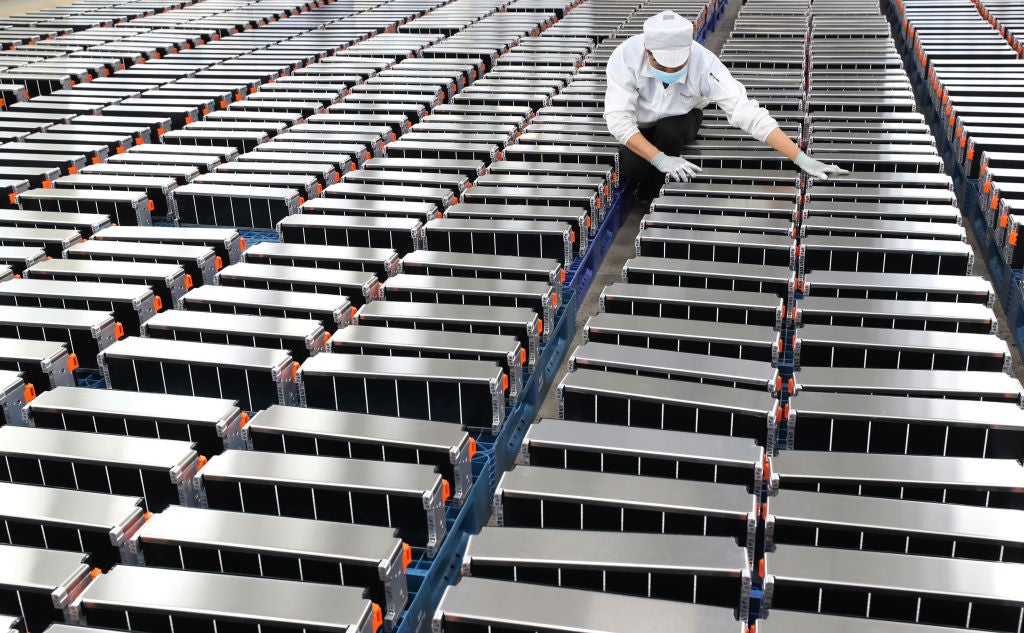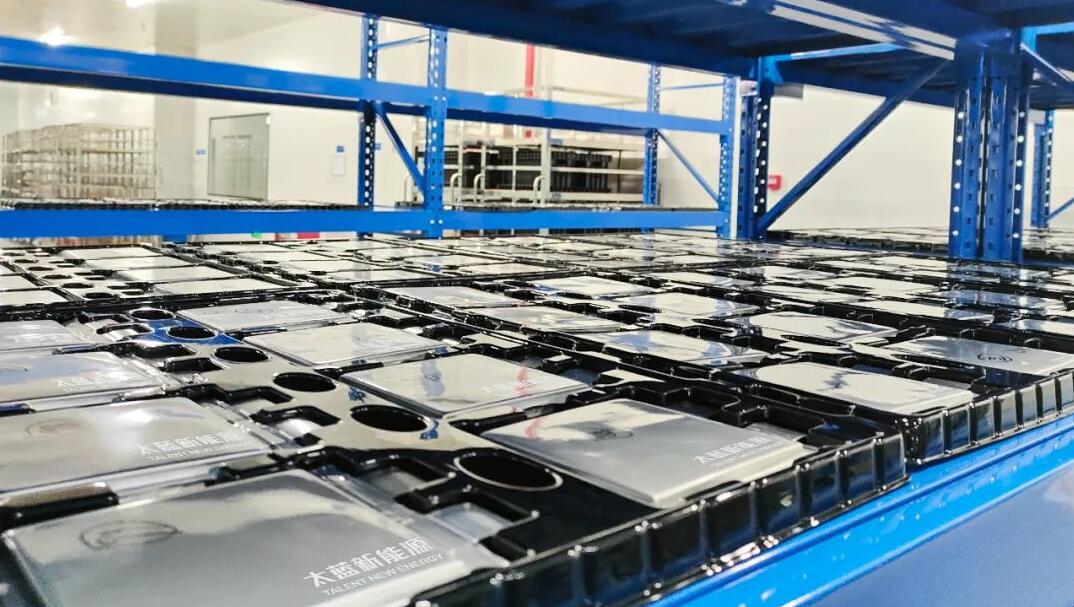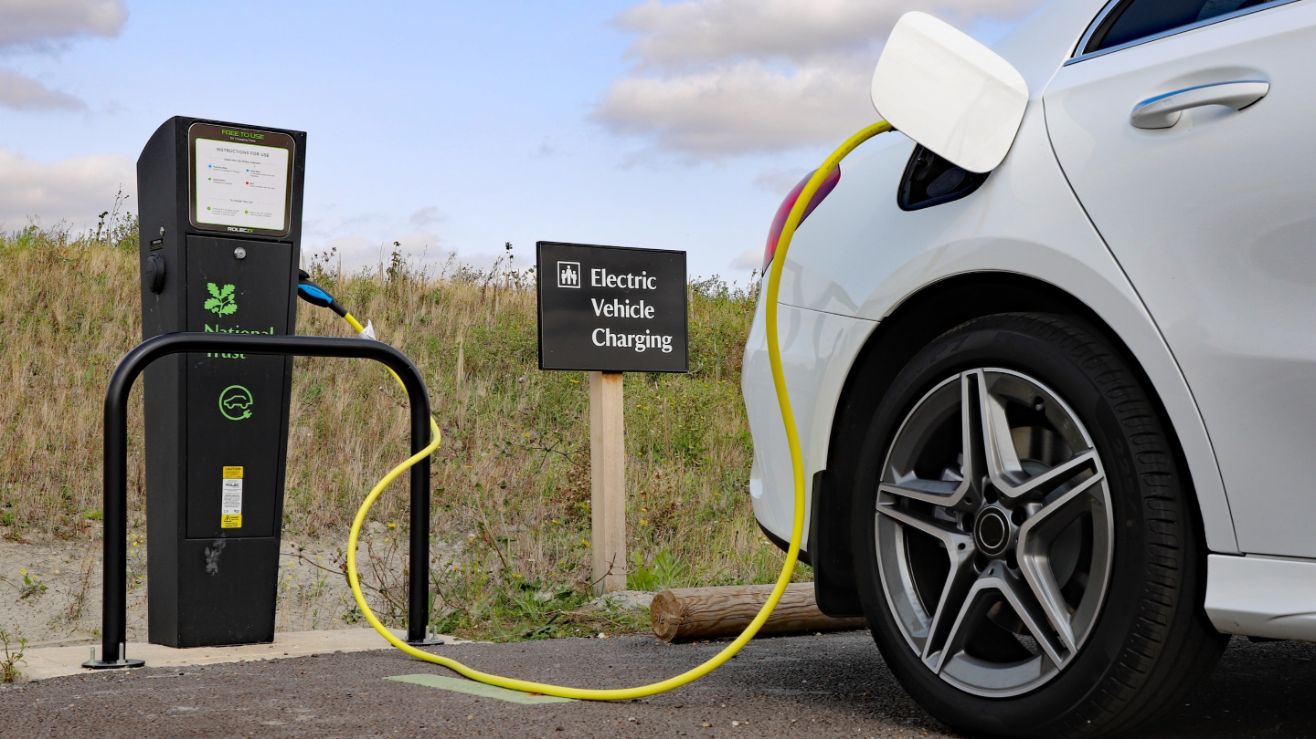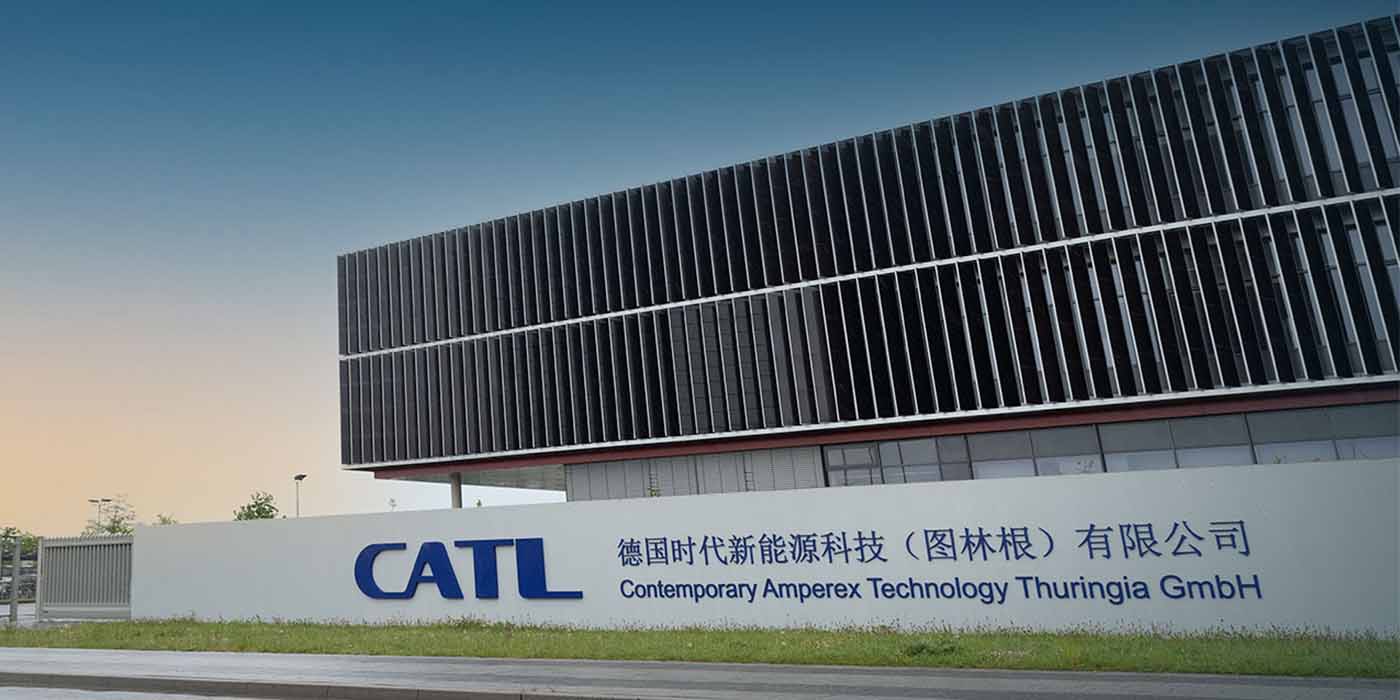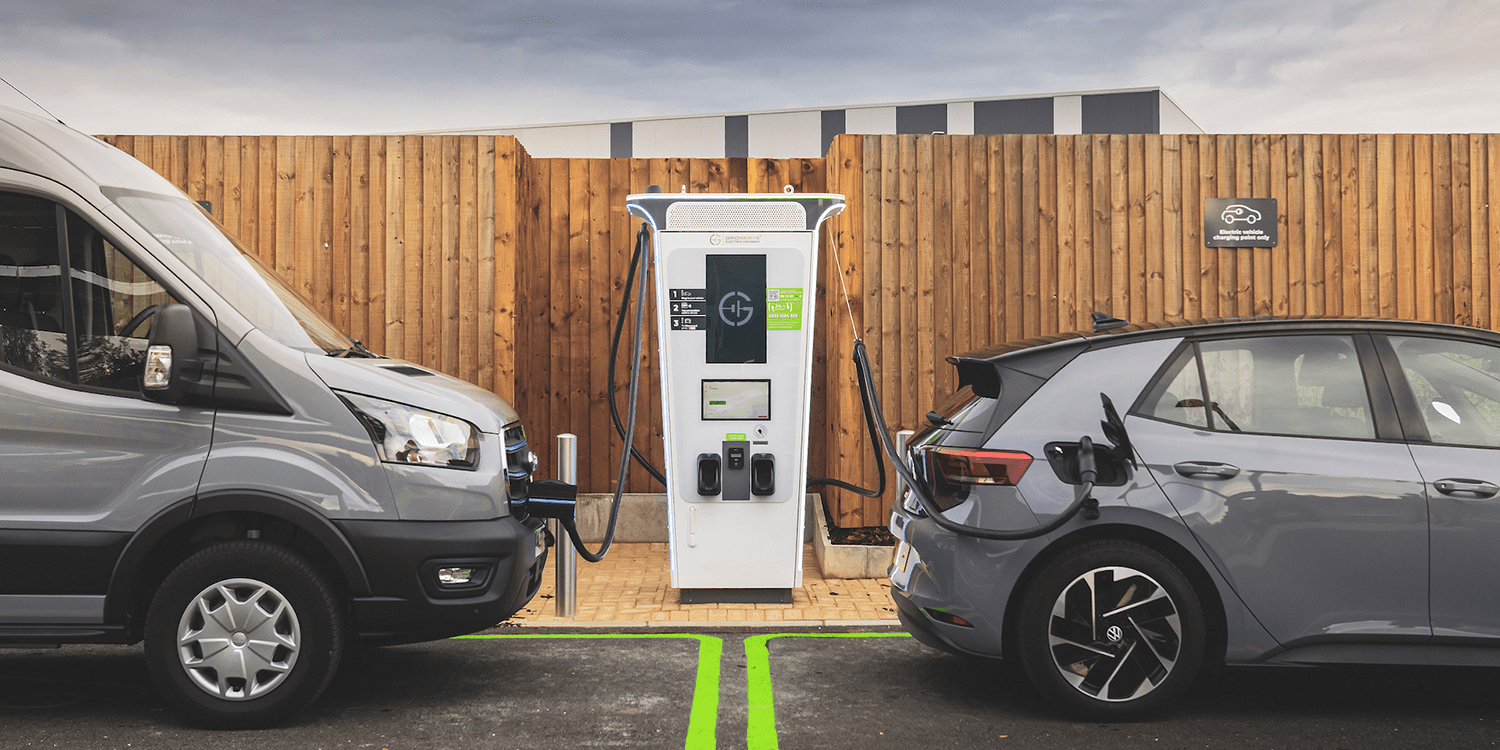According to a recent report by market research firm TrendForce, solid-state batteries with highly active materials are projected to enter mass production between 2030 and 2035. These cutting-edge batteries are expected to revolutionize the electric vehicle (EV) industry, offering a remarkable increase in energy density and range compared to current lithium batteries.
Currently, most new energy vehicles (NEVs) rely on liquid lithium batteries, categorized as nickel-cobalt-manganese (NCM) or lithium iron phosphate (LFP) based on their cathode materials. However, the energy densities of these batteries are approaching their limits, limiting the driving range of EVs. TrendForce’s report highlights that EVs equipped with NCM batteries currently achieve a range of approximately 500-600 km, while those equipped with LFP batteries reach around 300-500 km. In contrast, traditional fuel-efficient vehicles can travel 600-1,200 km on a single tank.
See also: What we know so far about Solid-state batteries for EVs
To overcome this range limitation, car manufacturers have been exploring solid-state batteries, which boast significantly higher energy densities. By employing solid-state electrolytes, these batteries offer enhanced stability and eliminate the risk of short circuits, making them an ideal solution for improving both safety and energy density.
Solid-state electrolytes can be developed using three different technology routes: sulfide, oxide, and polymer. Additionally, batteries can be categorized as semi-solid-state or all-solid-state based on the presence of liquid electrolytes. Considering the requirements of NEVs in terms of energy density, charging and discharging efficiency, and safety, sulfide and oxide materials are considered the most suitable for solid-state batteries, as stated by TrendForce.
Japanese automakers have been focusing on the sulfide route, with Toyota leading the way by securing numerous patents in the field. Toyota has also entered into a joint venture with Panasonic to develop solid-state batteries and has recently announced plans to commence mass production of all-solid-state battery vehicles in 2027.
See also: Nissan will bring its first EV with all-solid-state batteries to market in 2028
In contrast, European and American automakers have been actively involved in all three technology routes. For instance, Mercedes-Benz has become a major investor in ProLogium Technology and aims to introduce NEVs equipped with solid-state batteries as early as 2025.
Chinese automakers have directed their efforts toward the oxide route and have already achieved mass production of semi-solid batteries. TrendForce predicts that Nio, Dongfeng Motor, and Seres will lead the way by launching EVs with semi-solid batteries this year, making them the fastest adopters of this technology globally.
Although solid-state batteries have shown promising progress, there are still technical and cost-related challenges that need to be addressed before achieving widespread mass production and vehicle integration, according to TrendForce.
Nio, a prominent Chinese EV manufacturer, unveiled its 150-kWh semi-solid-state battery at the Nio Day 2020 event, claiming a range of over 1,000 kilometers for its flagship sedan, the Nio ET7. However, the battery’s delivery schedule experienced delays, and it was only in May of this year that Nio filed for the use of the pack in its models.
On June 30, Beijing WeLion New Energy Technology, a supplier of the semi-solid battery, commenced the delivery of 360 Wh/kg lithium-ion battery cells to Nio, marking a significant step forward. Notably, Nio updated the user manuals for its vehicles earlier this month to include details about the 150-kWh battery pack.
With an energy density of 261 Wh/kg, the 150-kWh pack offers a 44.44 percent increase compared to Nio’s 100-kWh pack, which has an energy density of 180 Wh/kg. However, the larger capacity pack also weighs 575 kg, around 20 kg (3.6 percent) heavier than its predecessor.
As car companies continue to invest in solid-state battery research and development, the anticipated breakthrough in all-solid-state batteries holds the potential to propel the EV industry forward. By significantly increasing energy density and range while ensuring improved safety, these batteries have the capacity to bring electric vehicles on par with traditional fuel-powered cars, transforming the future of transportation.

